
Why I hope curved screens don't become the norm
One of the most memorable presentations given at CES this year saw Samsung showing off its latest curved screen TV. Sadly for the tech giant it was Michael Bay's on-stage brain fart that most people took away from the talk (if I can just leave you with the delightful image of taking away someone's fart with you...), but Samsung would much rather we concentrated on the display technology it was showcasing. It excited a great many people, and for some it is seen as the way ahead and something we could see a lot more off. I sincerely hope we don't, particularly on the desktop.
Why? There are lots of reasons that I am opposed to the idea of curved screens, particularly when used for TVs and monitors -- smartphones are slightly different, but I'm not too keen on that either. Curved screens are not really a brand spanking new technology; there have been curved cinema screens for a number of years now, and I can see the benefit of the curve in this setting. Used in a theater the curve eliminates the problem of trying to find a seat right in the center because it matters far less where you are in relation to the screen. Everyone gets an equally good view of the action. It is a democratizing technology. So why am I down on it?
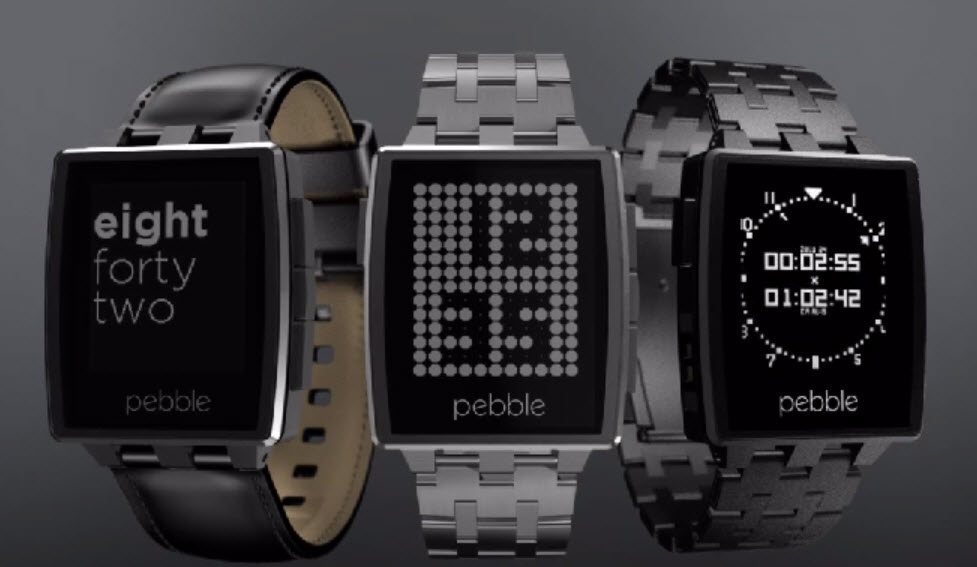
My favorite product from CES 2014 [Mark]
There has been a lot of talk about 2014 being the year of wearable tech. I'm yet to try out Google glass, but I can see its appeal -- providing the price drops a little! -- yet what interests me are smart versions of existing things we already wear. (I will grant you that Glass kind of falls into this category, but not everyone wears glasses) There have been quite a lot of smart watches over the last year, but they have a tendency to be rather ugly, bulky, or require an additional, specific device in order to function correctly. Yes, Galaxy Gear, I'm pointing at you.
But things are starting to evolve quite nicely. The new Pebble Steel is a spectacular smart watch that overcomes the looks issue that has blighted other models. The three models -- black leather, stainless steel and black matte -- all look great, and don’t stand out for the wrong reasons. This is a smart watch that looks like a watch rather than a smart watch, and this is where wearable technology stands or falls. An incredible piece of technology should be capable of just blending in and getting on with its job rather than jumping up, grabbing your eyeballs and demanding LOOK AT ME!
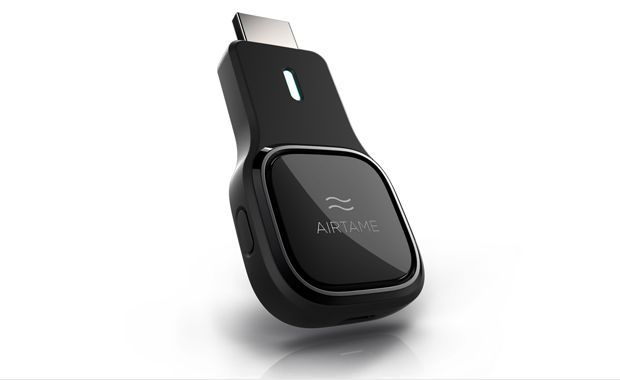
My favorite product from CES 2014 [Wayne]
Trying to pick one favorite new product at CES is far from an easy task. The show covers all things tech, and there's a lot of desirable new hardware coming out this year. Like my colleague Alan Buckingham's pick, I didn't want to go for something obvious, like a new TV, a new computer, or some form of wearable, but I also wanted to pick something that I definitely plan to buy in the future.
AIRTAME has been seeking funding on Indiegogo, and hasn't just achieved its goal, it's smashed through it. The creators were seeking $160,000 and have to date notched up just over $636,898 (with seven days still to go) and been nominated as the Best Startup of CES 2014 by Engadget -- which is pretty good going. So what exactly is AIRTAME? Essentially it's a dongle, like Google's Chromecast, that aims to provide "wireless HDMI for Everyone".
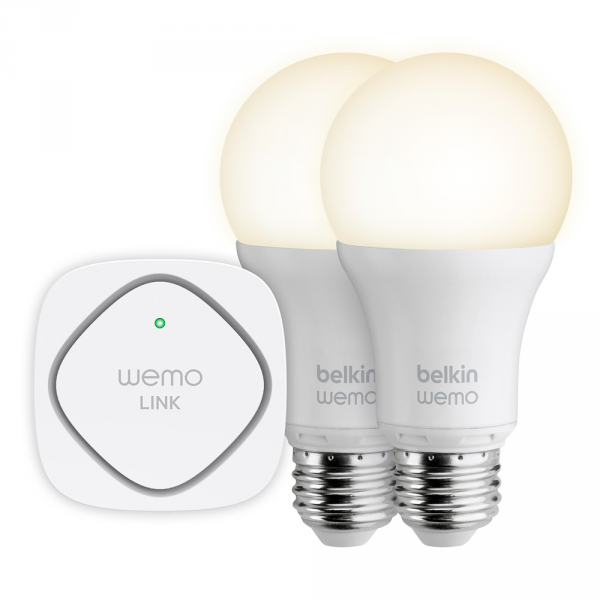
My favorite product from CES 2014 [Alan]
The Consumer Electronics Show in Las Vegas has ended, and the shiny and new have been unveiled. It's been a roller coaster ride, with 4K TVs and tablets taking center stage, alongside the useful and just plain weird selection of tech inventions. Now it's time for reflection, sitting back and taking it all in and deciding what we truly liked.
While others may go for those crisp-screened TVs that get all of the attention, or the latest and greatest new laptop, I spent a lot of time looking at the products that got less attention from the media, but that may truly make a difference.

Weirdest tech at CES 2014
At trade shows all around the world companies try to impress us with catchphrases, unique features, buzzwords, claims of how important and innovative their new products are and the perennial promise that whatever they are offering will tremendously improve the quality of our lives. CES being one of the most important trade shows is certainly no exception.
CES is about consumer tech and companies do not shy away from trying to reinvent the wheel or exploring new territories. Still, as anyone will tell you, mistakes can easily be made no matter the playing field and, as a result, weird things can happen. Last year it was an iPad-equipped potty that took the grand prize. Now lets take a look at the most bizarre things CES had to offer in 2014.
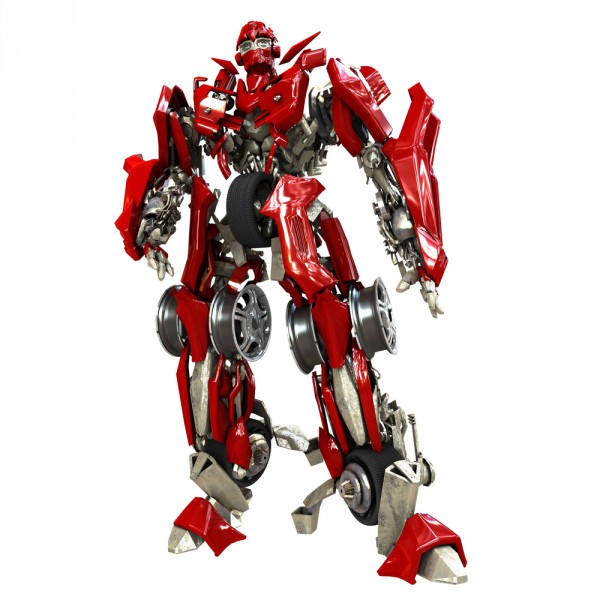
Stop with all the transforming, just decide what kind of device you want to be!
It seems that these days it is not enough for a laptop to just be a laptop, or a tablet to be a tablet. I'm not talking about the strange new breed of devices that are capable of running Windows and Android, or the rumors that handsets running Windows Phone and Android might see the light of day (haha! Can you imagine?). I'm talking about the devices that seem to be trying to become best friends with Michael Bay, transforming between multiple modes.
It's not really a new concept. We've already looked at Lenovo's Yoga 11S which can be bent into four different positions. The same company also has the Flex range which has fewer Transformer-like capabilities, but is still more than just your average laptop. At CES 2014 Toshiba decided to up the ante, taking the wraps off a 5-in-1 device.
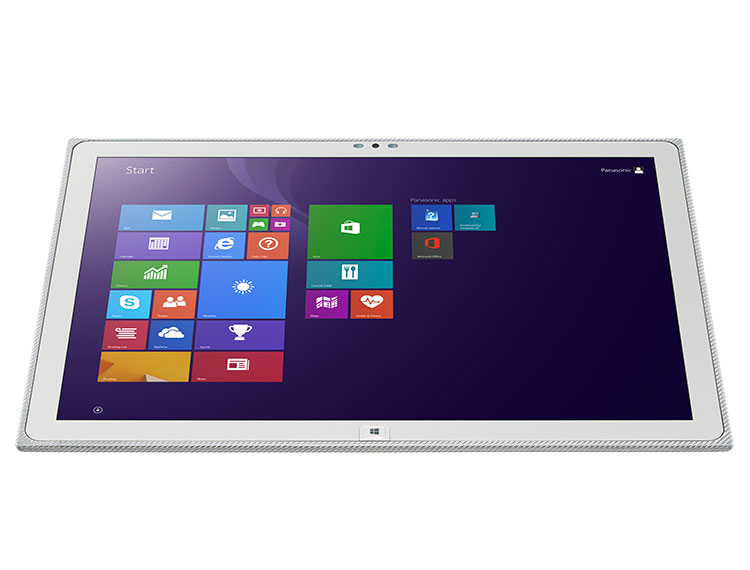
Who wants a 20-inch tablet? Panasonic debuts second Toughpad
Ours is not to reason why…well, let's leave the poetry behind. This week at CES we've seen a boatload of new products, including tablets. When Panasonic unveiled its seven-inch Toughpad, it seemed a bit pricey, but specs were good, and it's made for a specific task.
Now, we are seeing a 20-inch Performance version (as opposed to the Standard). Again, specs are certainly solid -- an Intel Core i7 processor, NVIDIA Quadro K1000 GPU, 5 MP rear camera, a staggering 4K screen (3840x2560) that Panasonic claims holds 9.8 million pixels, Ethernet port and DisplayPort, 16 GB of RAM, card reader and a 256 GB SSD.
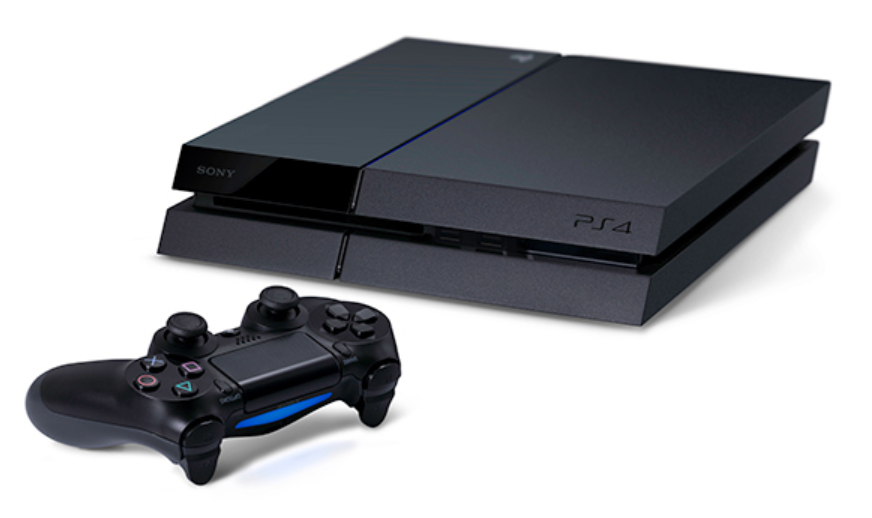
PS4 massively outselling the Xbox One
A couple of days ago, Yusuf Mehdi, Corporate Vice President of Marketing, Strategy and Business, Xbox, announced that Microsoft had sold over three million Xbox One consoles to date, across 13 countries. "It’s been incredible to see Xbox One selling at a record-setting pace for Xbox, and we were honored to see Xbox One become the fastest-selling console in the US during our launch month in November", he said. A million consoles were purchased on 22 November -- launch day -- and the second million was racked up 18 days later.
However, while Microsoft still has plenty to celebrate, Sony’s just dropped a rather large bombshell at CES. Its rival console is not only selling slightly better -- it’s selling an awful lot better.
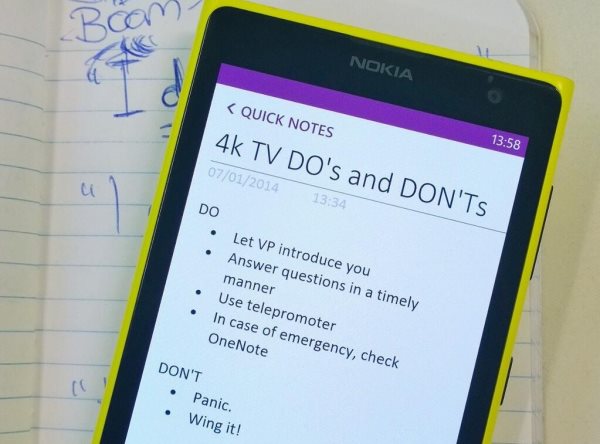
Nokia taunts Samsung after Michael Bay fluffs his lines
Michael Bay -- yes, he of Transformers fame -- managed to get Samsung some attention with his performance at CES 2014... but not necessarily the sort of attention the company was hoping for. The idea behind the director's appearance was that he would showcase Samsung's latest range of curved-screen TVs. As a director, Bay probably has an eye for such details. He would seem to be well-positioned to extol the virtues of the new ultra-high definition. But it seems that speech making is not a forte of his. A mini-meltdown saw him fleeing the stage after an apparent auto-cue problem.
After attempting to "wing it", Bay fluttered off stage muttering "I'm sorry". He appeared incredibly uncomfortable from the moment he started speaking, but it wasn’t long before he said that the text was "all off". The situation was handled slightly more professionally by the Samsung representative who tried to cajole Bay into explaining how the curved screen would enhance the viewing experience -- but to no avail.
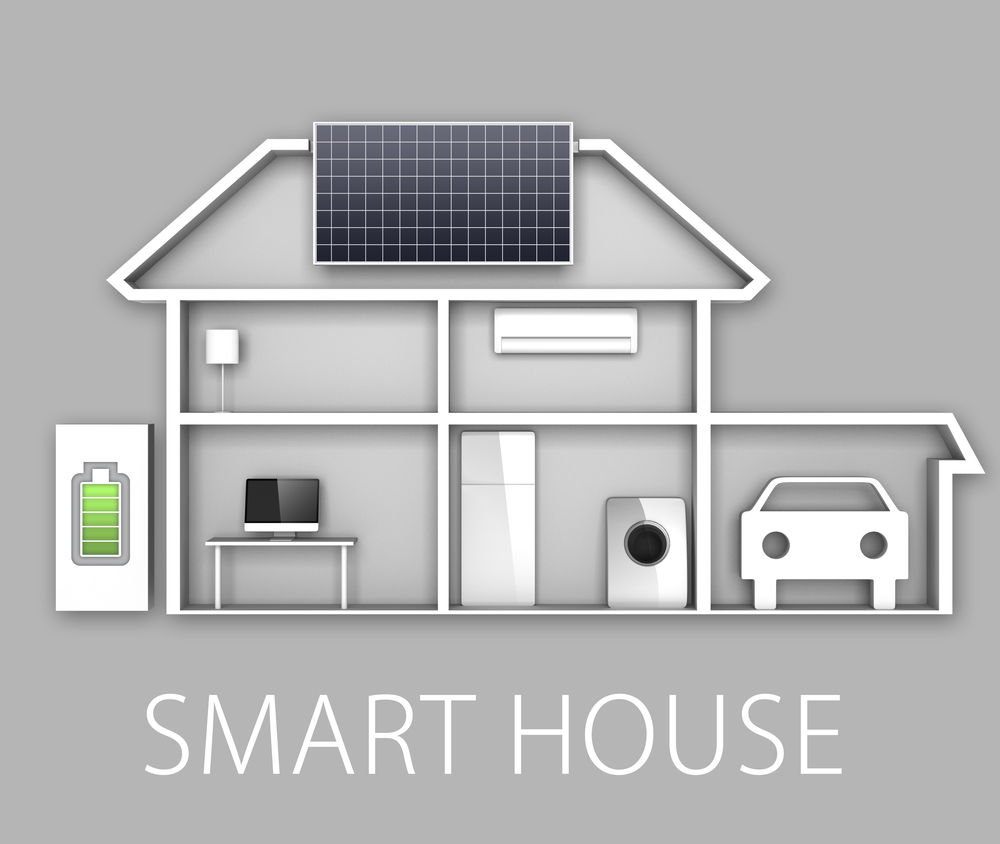
Nexia partners with Trane, takes on Nest with XL824 Smart Control
With the 2014 edition of CES now underway, we’re seeing a mind-numbing amount of products being unveiled. The show isn’t just about tablets and TVs, there’s kitchen products, USB drives and a lot of much stranger items, as well.
One of the biggest product lines being shown off in Las Vegas is home automation -- a field that has been growing increasingly lately. Nexia, one of the big players in the market, unveiled a new home thermostat, designed to take on Nest, and also allow for control of other network-connected products within your home.

McAfee name set to disappear in Intel rebranding
Yesterday's speech at CES by Intel CEO Brian Krzanich contained lots of stuff about plans for wearable technology and computers housed in SD card form factors.
But also in there was the announcement of a new Intel Security brand and the news that McAfee products will transition to this over time. Krzanich also says that Intel is planning to offer some elements of McAfee security products free of charge to protect the latest mobile devices.
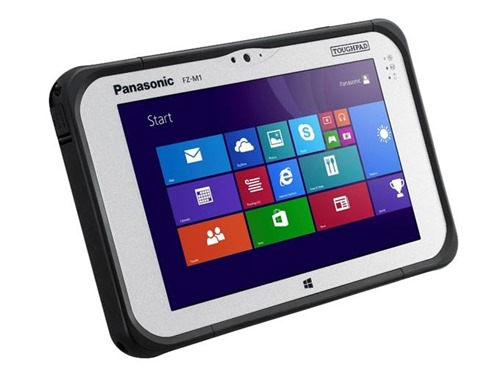
Panasonic shows off Toughpad FZ-M1, a 7-inch Windows 8.1 tablet
We’re seeing lots of tablets unveiled at CES 2014, with both Android and Windows 8.1 getting plenty of attention. There has been a dizzying amount of interesting devices, but perhaps Panasonic takes the prize for design with its offering.
The company, known for its rugged laptops, unveiled the Toughpad FZ-M1. The seven-inch tablet runs Windows 8.1 and sports a unique look, thanks to its ability to stand up to the rigors of a job site, bragging that it can easily survive a fall from five feet.
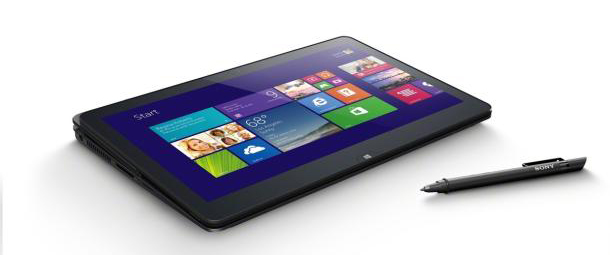
Sony VAIO goes flipping smaller
Sony’s VAIO | Flip range of convertible laptop/tablet hybrids launched back in October last year. This week the company uses CES to release a new, smaller 11-inch model for users who want maximum portability.
The Flip uses a clever three-way design which means it can be used as a laptop, a tablet or in 'Viewer Mode' which basically props the screen up on a stand that's built into the chassis.

Samsung Galaxy Pro tablets are 12.2-inches of fondle-friendly productivity
When it comes to tablets (and other things), size matters. After all, a tablet, like other computers, is a tool. If you go to Sears for a screwdriver, you will find tiny ones for eyeglasses and enormous ones for automotive and lord knows what. In other words, you buy the tool that meets your needs. Much the way that different-sized screwdrivers have different purposes, so do tablets.
For instance, if you want to create content, a larger tablet like an iPad Air or Surface 2 would be ideal. Conversely, if you only want to consume media, maybe you can get by with a Nexus 7. But what if you need your tablet for serious business? Like, multiple-windows-open-simultaneously type business? The bigger the better then, right? Well, Samsung announces that it wants to meet the unmet needs of these users, with the Samsung Galaxy NotePRO and TabPRO -- 12.2 inches of fondle-friendly productivity.

Sign me up for 'Sponsored Data'
I would dump DSL tomorrow and switch the family to cellular data, if not for cost. Downstream wireless is faster than my home Internet and would always be there -- wherever the phone goes; use it as personal hotspot for PC or tablet. But pesky, expensive data caps hold me back.
So I'm intrigued by one of the oddest and most provocative announcements coming on Consumer Electronics Show 2014 Day 0: AT&T "Sponsored Data". The carrier turns around the Net Neutrality debate by encouraging data gluttons to pay up so that cellular customers can consume more while paying less. It's a novel concept, and I like it. Netflix, this is for you, baby. You might resist, but I'll love you forever if you sponsor me. Surely, I'm not alone.
